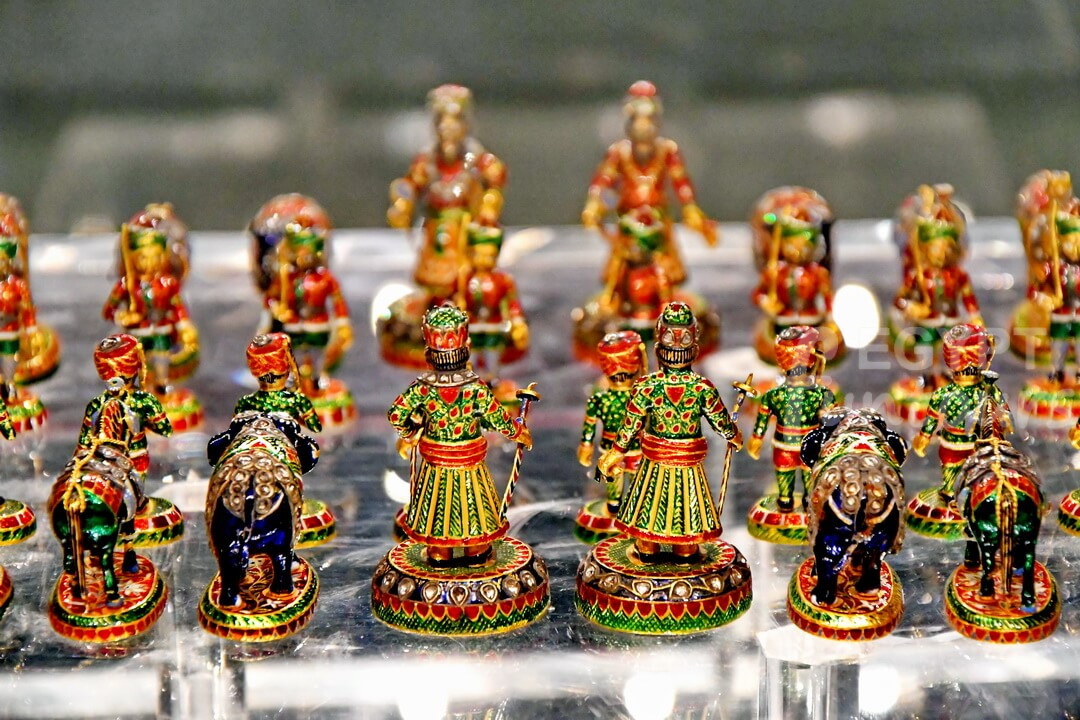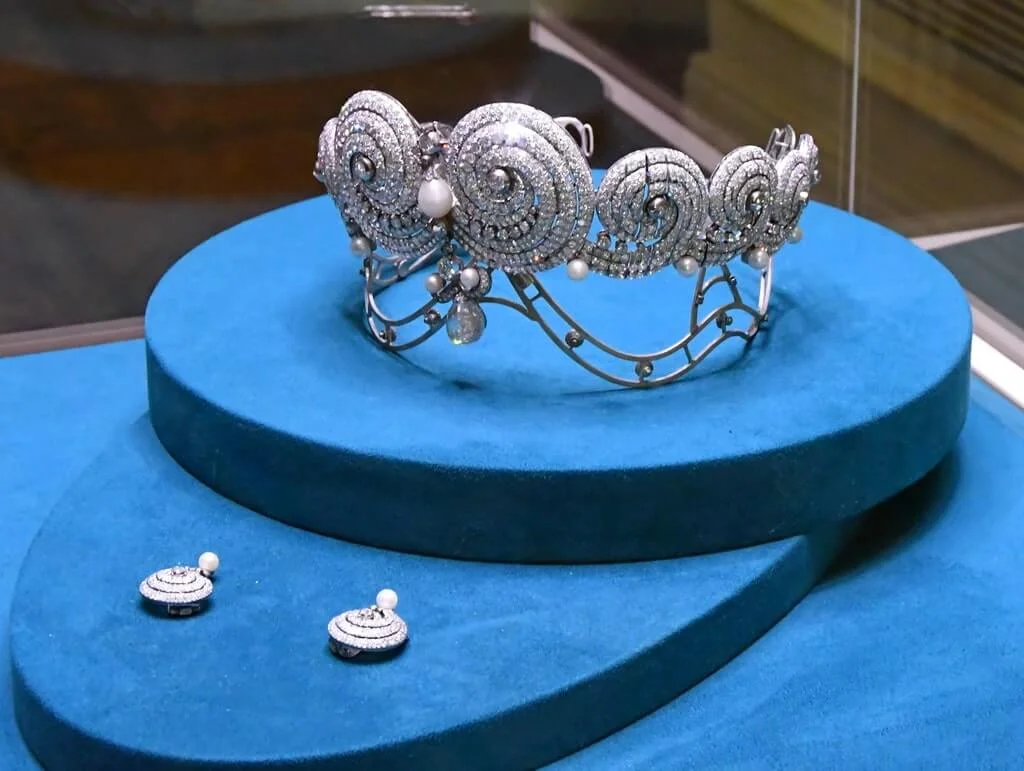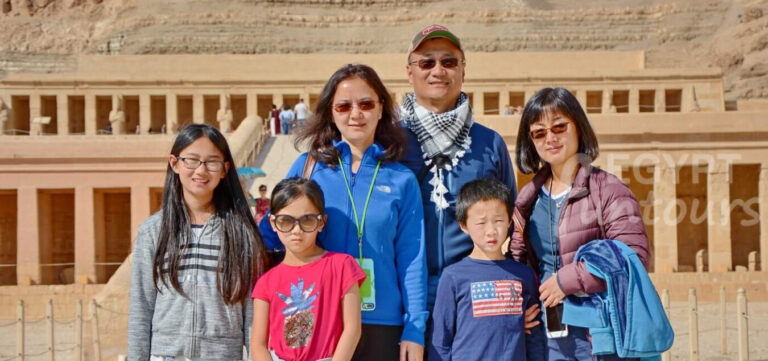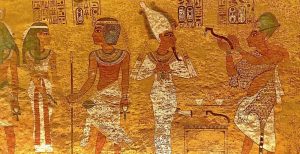Discover the Royal Jewelry Museum in Alexandria’s elegant Zizinia neighborhood. It is a breathtaking and overlooked sight. This is not a typical museum. You will step inside a magnificent, opulent palace. It once belonged to a princess of the Muhammad Ali Dynasty. The museum holds the personal, priceless collection of Egypt’s last royal family. It tells the story of a glamorous and forgotten era. If you love history, art, and royal opulence, you must visit. This “hidden gem” is an unmissable stop on your Alexandria tour.
Great layover Tour!!
I had an excellent layover tour with Hani. He is knowledgable, fun, and passionate about his city. I went for a tour of the pyramids, sphinx, and to a papyrus factory which were all great. Ask him any question about Egyptian history and he will surely know the answer! Also




























